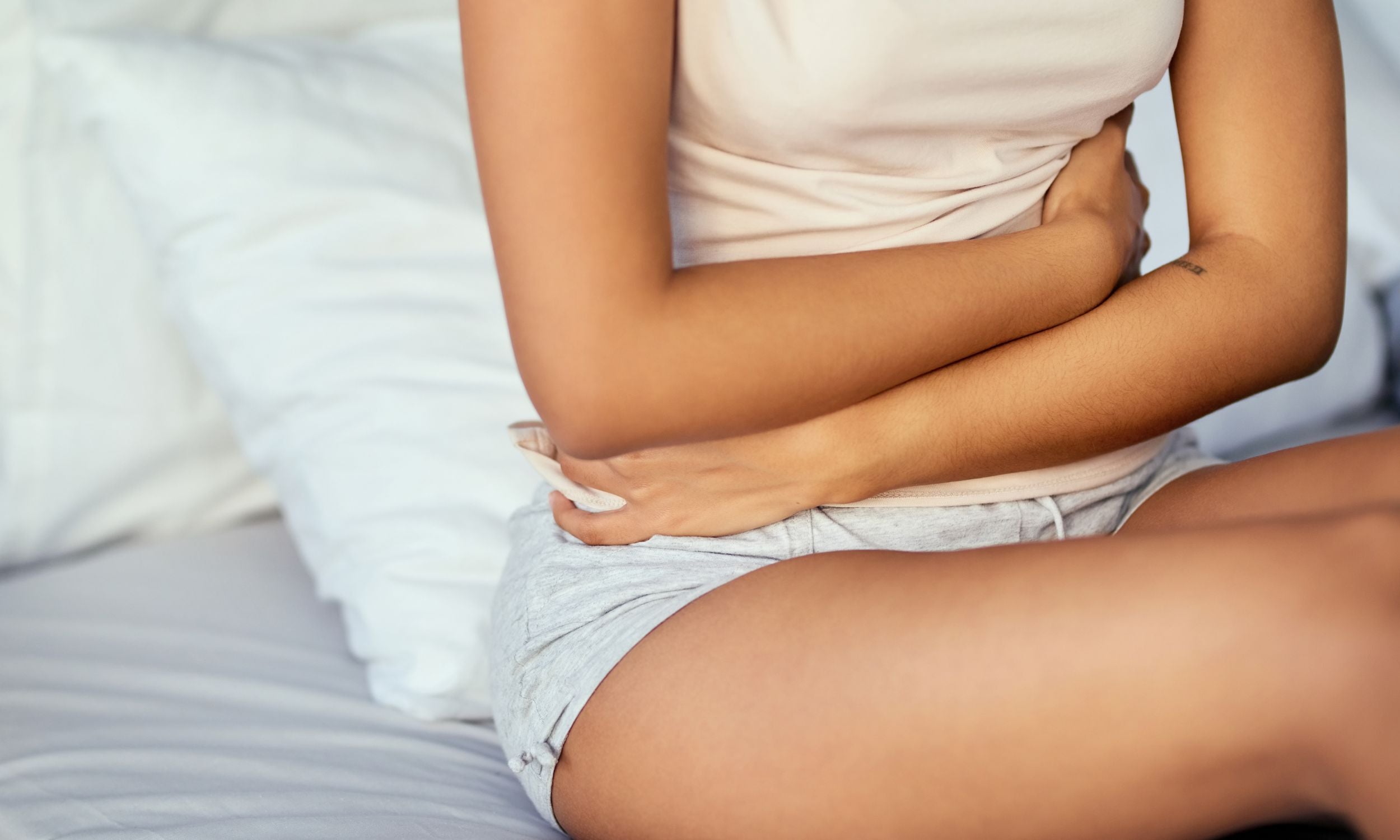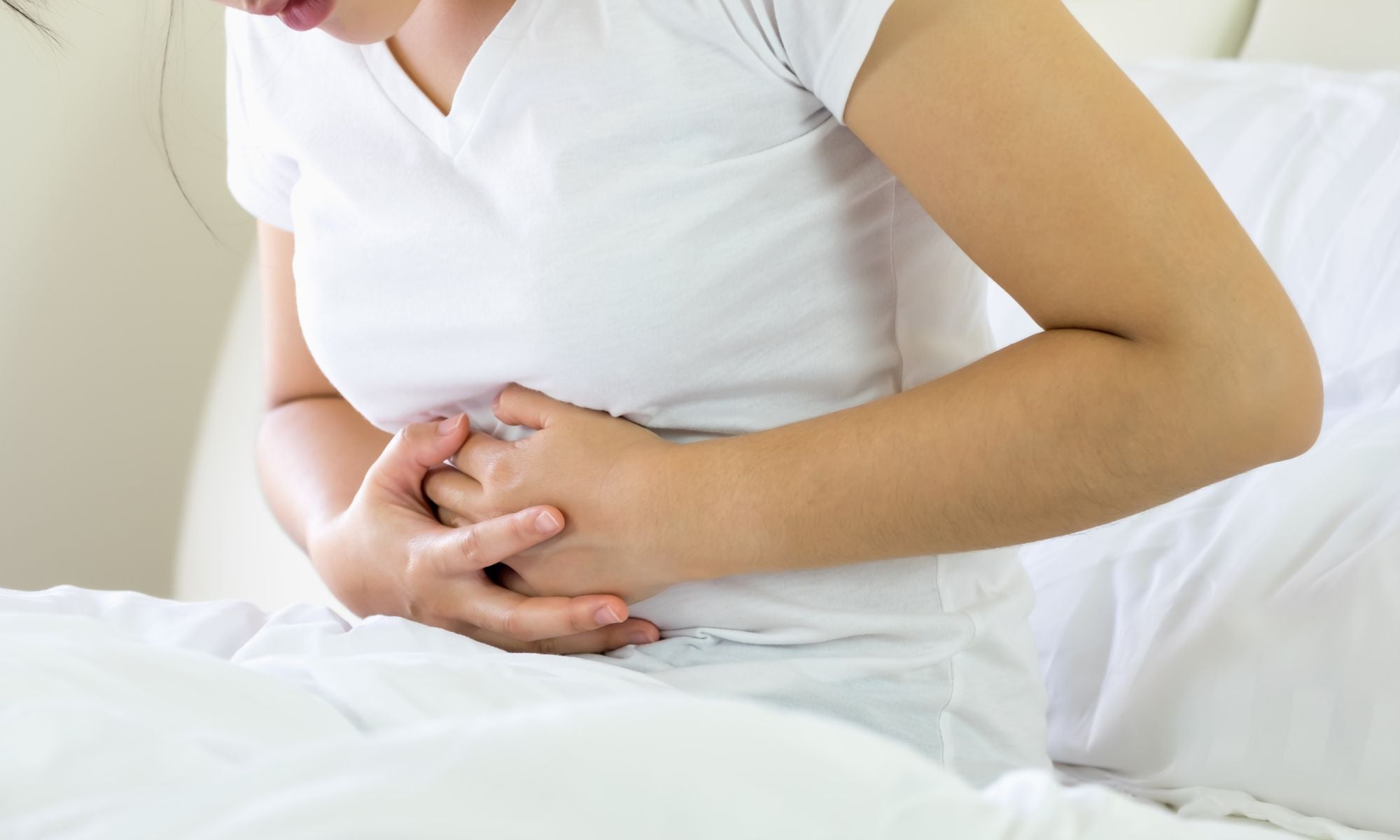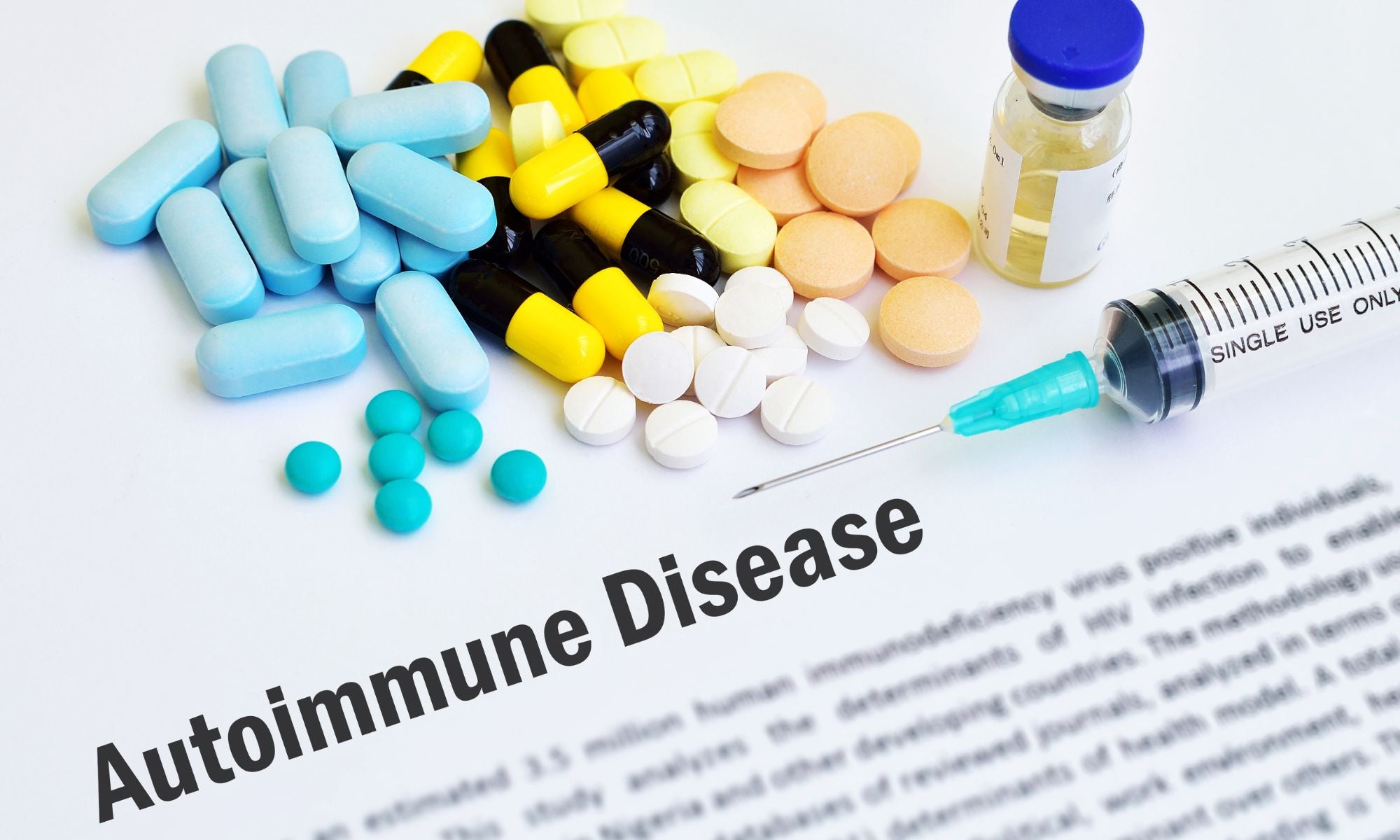
10 FIBER-RICH FOODS YOU MAY NOT KNOW ABOUT
Fiber intake should not be optional. It is necessary for our bodies to function properly.
Fiber is left undigested even after it passes the stomach. It finishes up in the colon to feed the beneficial gut bacteria, which results in numerous health benefits.
The recommended daily fiber intake is 38 grams for men, and 25 grams for women.
The bad news is that a lot of people only consume half of their daily recommended fiber consumption.
The good news, on the other hand, is how easy it is to consume fiber if you are really determined to. All you have to do is incorporate foods in your regular diet that contains a high amount of fiber.
In order to give you a head-start, let us get to know 10 fiber-rich foods you may not know about.
Oats

No doubt, oats are considered as one of the healthiest grain foods around the world. There are tons of minerals, vitamins, and antioxidants that this food can provide.
Oats contain oat beta-glucan--a potent soluble fiber that offers an extremely beneficial impact on cholesterol and blood sugar levels.
A single cup of oats (raw) holds 16.5 grams of fiber.
FIBER CONTENT:
10.6 grams/100 grams
Popcorn

Do you want to increase your consumption of fiber? One easy and fun way to do that is by munching on popcorn. Some people may not know that air-popped popcorn is extremely rich in fiber! However, adding high amounts of fat will suggestively reduce the fiber content.
A single cup of popcorn (air-popped) holds 1.2 grams of fiber.
FIBER CONTENT:
14.5 grams/100 grams
Almonds

Aside from being rich in fiber, almonds are packed with tons of nutrients, such as vitamin E, magnesium, manganese and healthy fats.
An ounce of almonds holds 3.4 grams of fiber.
FIBER CONTENT:
12.5 grams/100 grams
Split Peas

Do not confuse split peas with green peas. Split peas are made from the seeds of peace that are dried, split and then peeled.
A cup of split peas (cooked) holds 16.3 grams of fiber.
FIBER CONTENT:
8.3 grams/100 grams
Lentils
Lentils are not expensive, but they are very nutritious. Lentil, an edible legume, contains high amounts of fiber, protein and several essential nutrients.
A cup of lentils (cooked) holds 15.6 grams of fiber.
FIBER CONTENT:
7.9 grams/100 grams
Chickpeas
Chickpeas are also a type of edible legume and they are packed with fiber, protein, and minerals. They are also called “garbanzo beans.”
A cup of chickpeas (cooked) holds 12.5 grams of fiber.
FIBER CONTENT:
7.6 grams/100 grams
Kidney Beans

Kidney bean is another type of legume. It got its name due to its resemblance to a kidney. This highly nutritious bean is filled with plant-based protein and various nutrients.
A cup of beans (cooked) holds 11.3 grams of fiber.
FIBER CONTENT:
6.4 grams/100 grams
Quinoa
Quinoa is rich in protein, fiber, potassium, iron, zinc, and it’s gluten-free. There are only a few plant foods holding adequate amounts of the 9 essential amino acids, and quinoa is one of them!
A cup of quinoa (cooked) holds 5.2 grams of fiber.
FIBER CONTENT:
2.8 grams/100 grams
Chia Seeds

These days, Chia seeds have gained popularity in the organic health community. These little black seeds are extremely nutritious, holding high amounts of calcium, magnesium, and phosphorus.
In addition, they may be the best fiber source in the world!
An ounce of dried chia seeds holds 10.6 grams of fiber.
FIBER CONTENT:
34.4 grams/100 grams
Dark Chocolate

Yes, you read it right. Dark chocolate!
This treat is undoubtedly one of the most loved foods in the whole world. Remarkably, it is rich in nutrients and antioxidants.
Stay away from sugary ones. As long as you choose those that have 70-95% cocoa content, you will surely reap its health benefits.
A one-ounce piece of dark chocolate holds 3.1 grams of fiber.
FIBER CONTENT:
10.9 grams/100 grams
In Summary

Fiber is an essential nutrient. It helps in supporting weight loss, regulating blood sugar levels, and treating constipation.
Adding any or all of the foods on this list will surely increase your fiber consumption.












